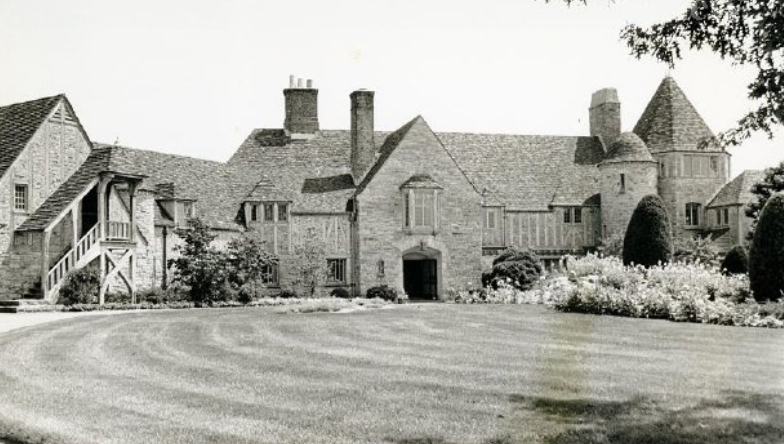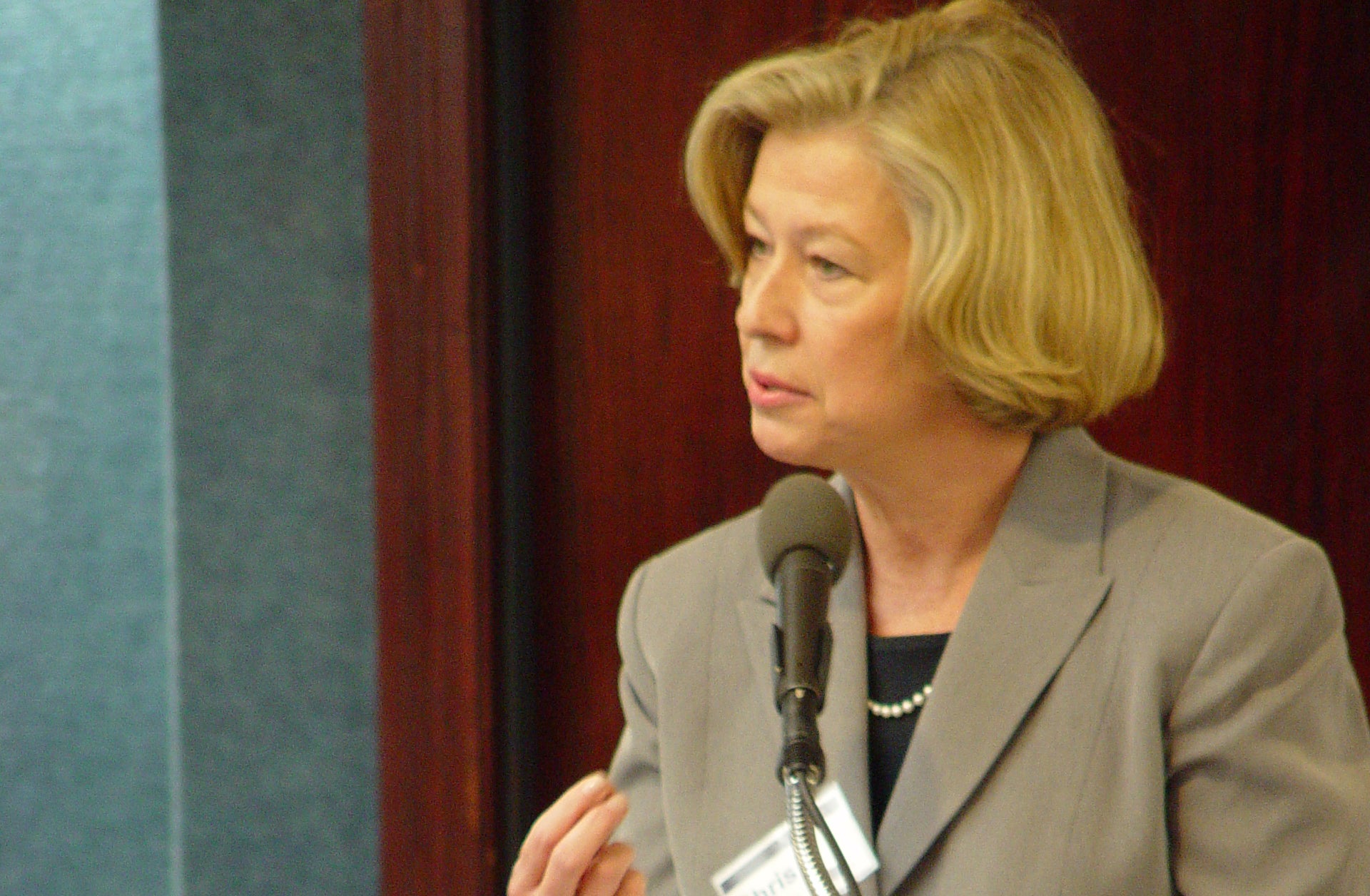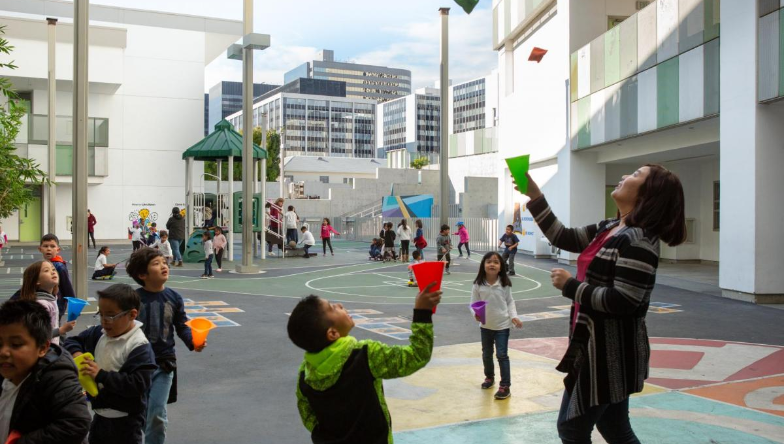Breadcrumb
- Wallace
- Our History

The Wallaces’ giving touched many institutions. Their legacy continues today in part through the work of The Wallace Foundation.
The Wallace Foundation stays true to Lila and DeWitt Wallace’s passions for education, youth development, and the arts. Wallace today aims to help all communities build a more vibrant and just future by fostering advances in the arts, education leadership, and youth development.

DeWitt Wallace died in 1981; Lila Wallace in 1984. Their estate plan gave much of their fortune to four charitable foundations they had established. These foundations—whose assets comprised Reader’s Digest’s stock—needed organizational structure. That began with the renting of office space in New York City and the hiring of staff members.

The four Wallace foundations merged into two: the DeWitt Wallace-Reader’s Digest Fund and the Lila Wallace-Reader’s Digest Fund. M. Christine DeVita, who had been deputy general counsel at Reader’s Digest, became executive director of the funds in 1988. With the board of directors, she helped create a plan to take Reader’s Digest public. The idea was to provide a public market in which the foundations could sell the founders’ stock over time.
The DeWitt fund concentrated on education and youth, while the Lila fund targeted the arts and culture. The funds also moved away from supporting relatively small local programs. Instead they focused on initiatives that the foundation created and that had a more national focus.

DeVita was named president of the funds in 1989. She played a key role in increasing the number of national multi-year philanthropic initiatives they took on. She also helped incorporate evaluation and communications expertise into the work. This was a pioneering move for philanthropy of the time.
One highlight from these years was an initiative to recruit and train nontraditional candidates such as paraprofessionals to be teachers. Pathways to Teaching Careers became a national model for such efforts. Another highlight was the Library Power initiative, which converted outdated libraries in 700 schools into state-of-the-art learning hubs. The effort helped set the standard for school libraries.

Early in the 2000s, the funds sold the last of their Reader’s Digest stock and merged into a single national philanthropy with a name reflecting its roots: The Wallace Foundation.
The new name heralded another change as well. Wallace’s board and staff members had assessed the results of the efforts in the 1990s. They concluded that the funds had accomplished much. However, the work had not led to fundamental change. The foundation moved to an approach that might accomplish that. This approach remains the hallmark of Wallace work today: developing and sharing effective ideas and practices that can forge beneficial change in the arts, education leadership, and youth development.

Wallace spent the decade pursuing this "knowledge-centered" approach. Here's a small sampling of the resulting work:
- A review of scholarship about school leadership. The groundbreaking finding from How Leadership Influences Student Learning? Leadership is second only to teaching among in-school influences on student learning.
- An initiative supporting efforts to build systems to improve the quality of and access to afterschool programs. Research described in Hours of Opportunity showed that communities can indeed put such systems in place—to benefit of children and teens citywide.
- A landmark exploration of why people are attracted to the arts and how their engagement might be encouraged. A New Framework for Building Participation in the Arts provided arts organizations with new ways to think about broadening, deepening, and diversifying audience participation.

In 2011, Wallace reached another milestone with the retirement of DeVita, the organization’s founding president. It stepped into a new era with the arrival of Will Miller at the helm July 1, 2011. Miller built on the foundation’s legacy. Among other things, he refined the Wallace approach to focus on identifying and filling knowledge gaps that, if closed, could help fields make significant progress.

The foundation completed roughly a dozen major initiatives under Miller's leadership and launched several new ones. Among them:
- Two endeavors supported work by arts organizations to build audience participation. Another worked to expand high-quality afterschool arts programs in underserved areas. A more recent initiative seeks to advance the wellbeing of arts organizations rooted in communities of color.
- In education, the foundation focused on strengthening principals and other school leaders. It supported school districts and other institutions, such as university principal preparation programs, key to building effective leadership. A study of Wallace's Principal Pipeline Initiative showed that pipelines with key parts can benefit student learning. Those parts include strong pre-service training and on-the-job support. Since 2021, the foundation has been exploring how educational equity can be embedded in these pipelines.
- Our youth development work featured support for developing strong school-district summer learning programs. A study of the National Summer Learning Project found that students who attended these programs frequently benefitted in reading and math. Another effort explored partnerships between schools and out-of-school-time programs to foster children's social-emotional skills.
Wallace makes the ideas and information from this work free to anyone with an Internet connection. In 2023, our website housed well over 600 resources. These range from research reports and videos to articles, podcasts, and toolkits.


Jean S. Desravines took the reins of the foundation after Miller’s retirement in 2025. With decades of experience in education and nonprofit leadership, he is poised to chart new paths for the foundation and explore new frontiers of philanthropy.
